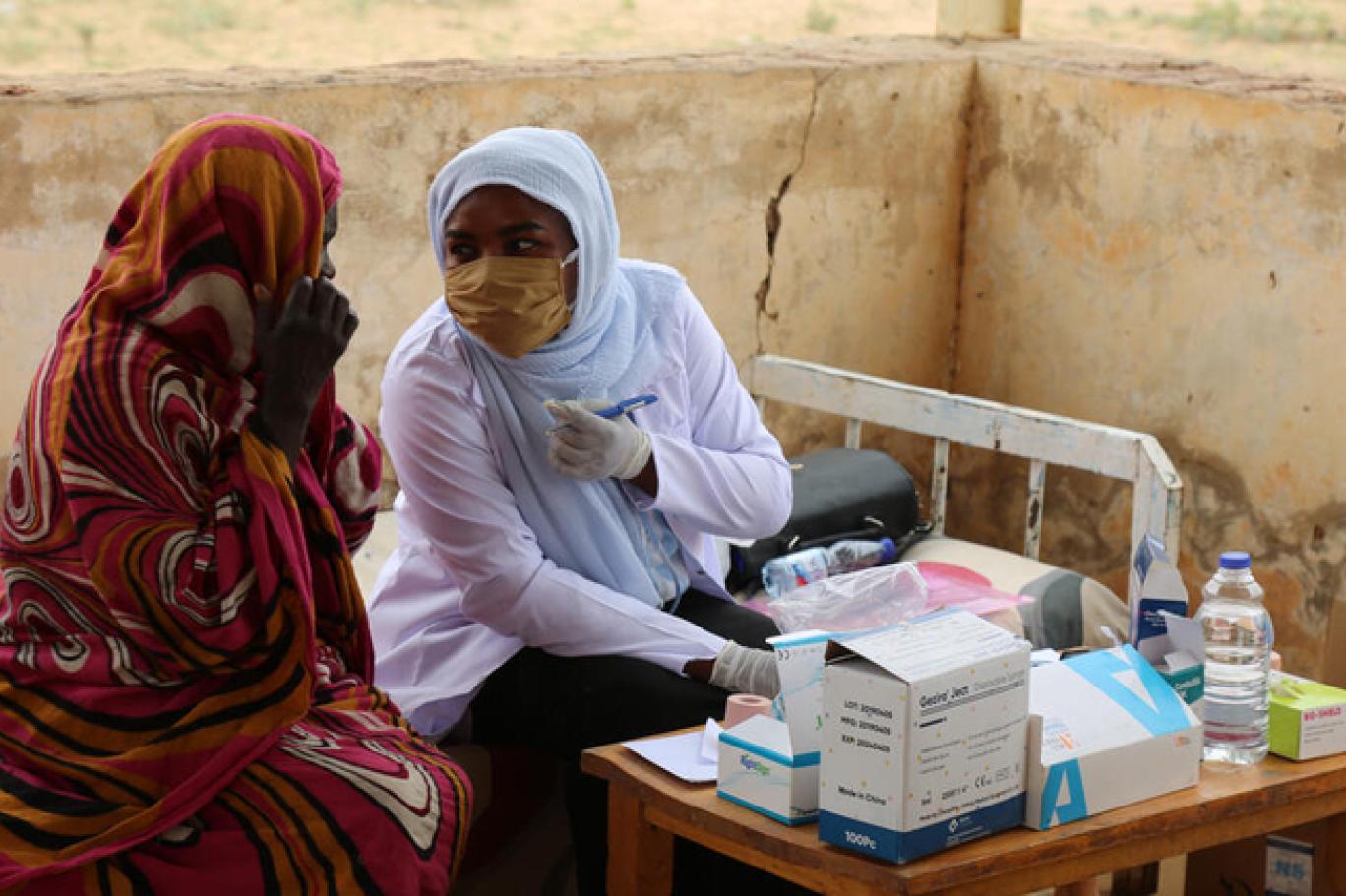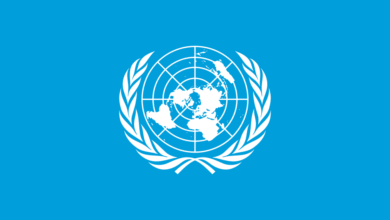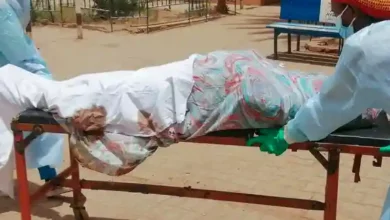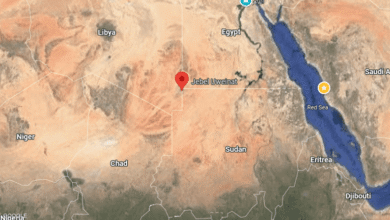
The prolonged armed conflict in Sudan between the army and the Rapid Support Forces (RSF), ongoing since April 15, 2023, has severely worsened the healthcare crisis—particularly with targeted attacks on medical infrastructure. As a result, 80% of hospitals and health centers in active conflict zones are now out of service, with even remote healthcare institutions deeply affected.
Millions of women, especially pregnant ones, are among the most vulnerable. They face an almost complete lack of reproductive healthcare, resulting in maternal deaths, fetal poisoning due to stillbirths, anemia from malnutrition, and the absence of essential vitamins. Many women go into labor during displacement or in camps without access to safe delivery services, amid a total collapse of safe corridors, communication networks, and ambulance availability.
These dire circumstances have pushed women in conflict zones and remote villages to revert to traditional childbirth practices, known as “rope delivery,” assisted by traditional midwives using inherited knowledge. While sometimes effective, these methods are a double-edged sword—offering either safe delivery or risking death from complications, especially due to harmful practices like infibulation (pharaonic circumcision).
Challenges and Dangers
The World Health Organization (WHO), the UN Population Fund (UNFPA), and other partners have warned since the start of the war that continued attacks on health facilities will have catastrophic consequences, particularly for sexual and reproductive health services. WHO estimates indicate that over 4 million women of reproductive age—including about 500,000 pregnant women—have lost access to vital healthcare and now face extreme risks.
UNFPA reports that more than 27,000 midwives have been trained at the Omdurman Midwifery School and now serve across Sudan. WHO continues to collaborate with Sudan’s Ministry of Health to restore maternal health services in hospitals, but urgent action is needed to protect pregnant women in Khartoum, Al-Jazirah, Darfur, Kordofan, Blue Nile, and all states hosting displaced populations.
Ongoing Suffering
Midwife Halima Abu, who has practiced for over 50 years, said:
“Many may not believe that, despite advancements in reproductive healthcare and monitoring technologies, rope delivery is still widely practiced due to tradition—especially in Darfur and South Kordofan, where tribal diversity and cultural norms persist. I’m one of the midwives who practiced rope delivery in remote towns and villages during the 1970s, traveling with my husband who worked in the railway sector. It was widely accepted and relatively safe, despite the pain and duration. In my experience, I never saw a woman die because of a traditional midwife.”
She continued,
“In my view, Sudanese midwives are highly capable and skilled in saving both mother and child, especially after the training and licensing of traditional midwives, who now carry medical kits as a symbol of professional recognition. Today’s conflict has worsened health conditions and increased demand for midwives in both safe and dangerous deliveries. In complicated cases requiring cesarean sections, we try to reach hospitals—though the roads are dangerous, especially in Darfur. Sometimes complications lead to tragic outcomes, and that’s the reality of civil war. Even now, I continue to serve despite my age, as I live in a state with extremely poor healthcare services and receive frequent calls for help.”
The Need for Awareness
Social researcher I’timad Al-Rasheed commented:
“The collapse of Sudan’s health system and the failure to protect pregnant women has led to higher death rates, especially among displaced populations in remote and desert-like camps. Rope delivery never disappeared, especially in Darfur and South Kordofan, where women often refuse to go to hospitals. It was also common in the Butana plains and the northern states.”
She added,
“Returning to rope delivery is a major contributor to increased maternal mortality. It involves unsterile tools, often just a razor blade, and exposes women to infections like vaginal inflammations. The method involves tying a strong rope from the ceiling, which the laboring woman holds while kneeling, assisted by a traditional midwife using ancestral knowledge. Surrounding women and even close male relatives often gather to pray for safe delivery. But these unsafe conditions demand immediate public health interventions to prevent a return to pre-colonial medical norms.”
Rising Death Rates
Sudanese Doctors’ Committee member and human rights activist Sayyida Iraqi stated:
“Maternal death rates in conflict-affected states are approximated due to the lack of monitoring and communication. The key cause is the shift to home births due to the closure of specialized hospitals that provide prenatal care and safe deliveries. Many pregnant women have been forced to rely on midwives.”
She noted that constant displacement, especially after RSF took over large areas, has led many women to areas unprepared for their needs, resulting in increased maternal deaths. Some women narrowly survive, but many do not.
A Catastrophic Situation
In South Darfur, reproductive health officer Suhaiba Mubarak described the situation for pregnant women as catastrophic.
“There is no access to the few functioning hospitals due to the lack of transport and ambulances. This forces women to deliver with untrained midwives. Many have died from postpartum hemorrhaging, accompanied by high fever. Most are infected with diseases like malaria, cholera, and typhoid, and there is a severe shortage of life-saving medicines.”
She warned,
“Millions of pregnant women in Sudan are living in harsh humanitarian conditions and increasingly rely on midwives. I fear childbirth will become even more dangerous if this crisis continues. It is crucial to activate family planning programs.”
Legacy of Legal Midwives
Sudan has a long history of trained midwives who fought against unsafe practices like rope delivery. Notably, nursing pioneer Donia Al-Atbaraweiyah was trained by British nurse Miss Wolfe, who traveled by donkey across villages seeking girls to train in midwifery and anti-FGM work. Training began in 1918, followed by Miss Wright, who established Sudan’s first midwifery school in Omdurman in 1924. The first regional school opened in El-Obeid, and Sudan’s first certified midwife was Al-Batoul Mohamed Issa. After independence in 1956, most rope-delivery midwives were formally trained and became certified professionals.
Today, in light of the suffering of pregnant women amid Sudan’s extraordinary crisis, rope delivery has re-emerged as a threat to women’s lives—and demands urgent legal and public health attention.




